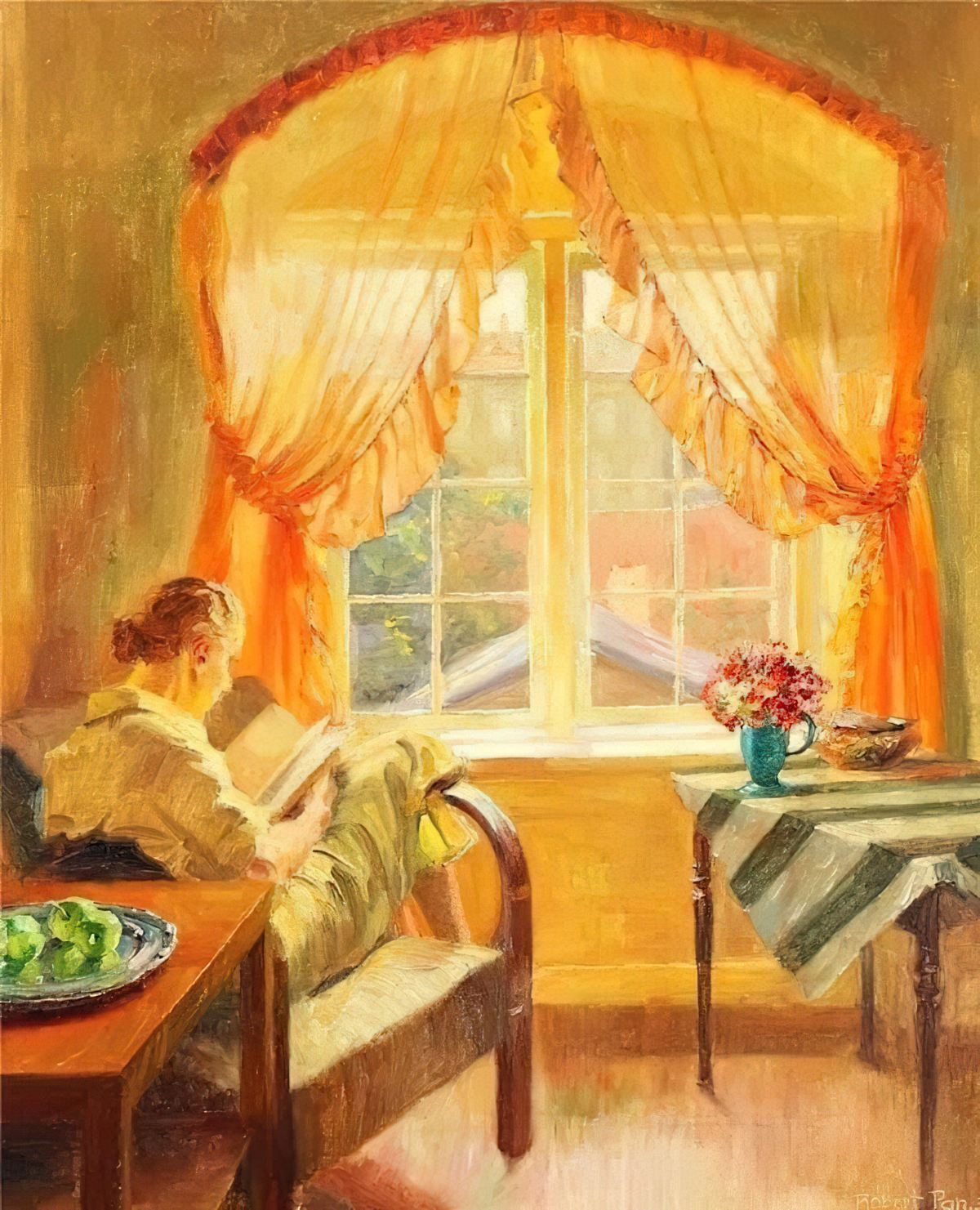-
The Symbolism Of Cardinal Direction
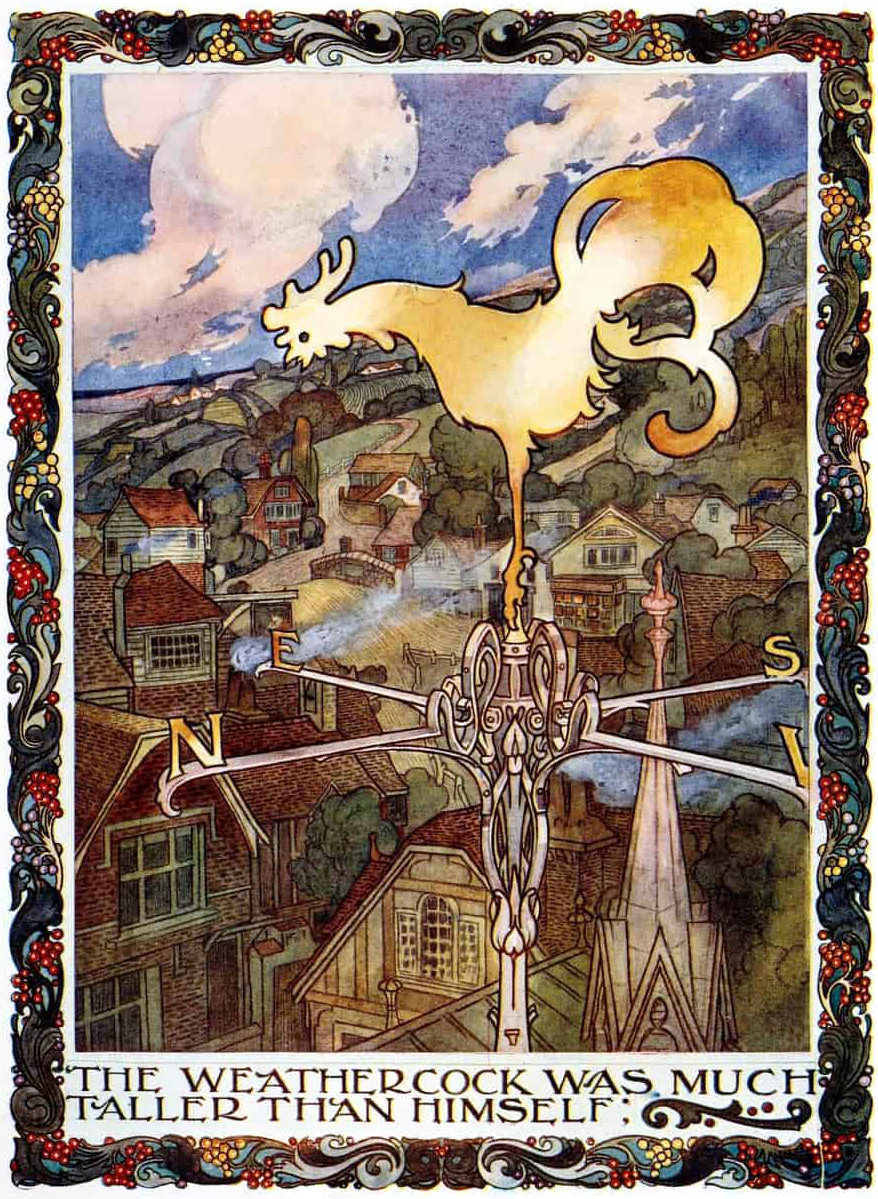
The cardinal directions — north, east, south and west — have quite different associations in each culture around the world. This article focuses on the Western literary tradition, which is heavily influenced by the Bible. One commonality across ancient traditions: cardinal directions are in some way sacred. Many traditions have rules and guidelines around which […]
-
Drawing Development And Children
The above picture was drawn by my eight-year-old. According to Gaston Bachelard, who quotes psychologists of his era, door knobs are a good sign. The Psychology Behind Drawings By Children Asking a child to draw his house is asking him to reveal the deepest dream shelter he has found for his happiness. If he is happy, […]
-
“Gypsies” In Classic Children’s Literature
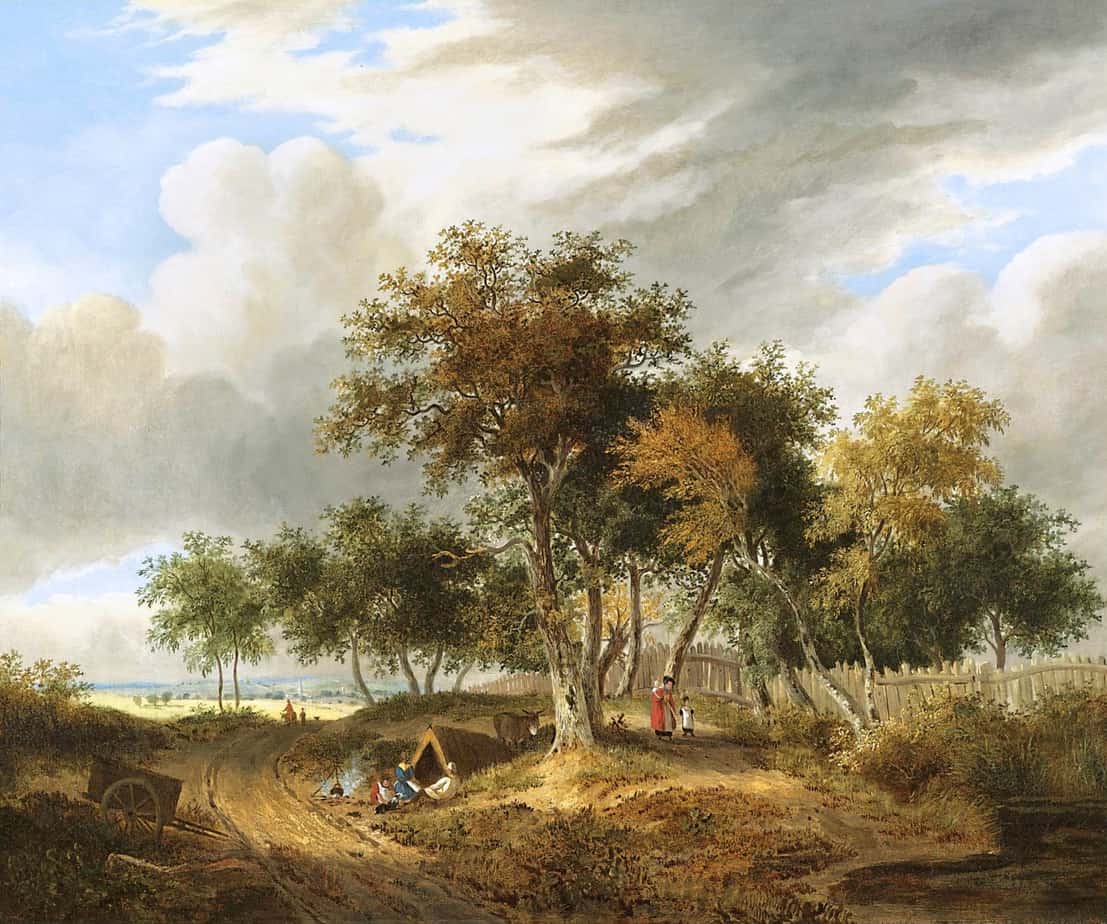
As always, the term Gypsy is a source of massive debate within the Romany community. Many Romani have reclaimed the term and use it to fight back against oppression. As is their right! Many Romani cannot stand the sight or sound of it, for valid reasons! Roma Unraveled What did Enid Blyton and E. Nesbit […]
-
Enid Blyton, Food and Ginger Beer
I’m no Enid Blyton apologist when it comes to word echo and other matters of style, but Enid Blyton never wrote the phrase ‘lashings of ginger beer’. This phrase was used in a popular parody called Five Go Mad In Dorset, and is now often mistakenly attributed to the author herself. Enid Blyton did use the […]
-
Absent Parents In Children’s Literature
One job for children’s authors is to get adults out of the way so child characters can solve their own problems. “There are an awful lot of books about ‘I love you mummy’. ‘Yes, I love you, too, darling little bear!’ I’m not saying there’s not a place for those, but there’s so many books […]
-
Make Way For Ducklings by Robert McCloskey 1941 Analysis
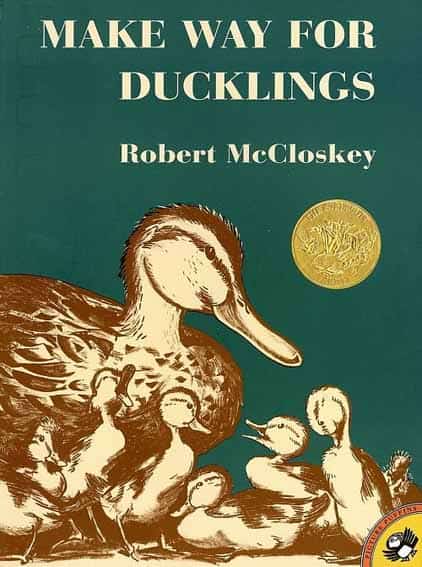
Make Way For Ducklings by Robert McCloskey (1941) is an American classic which serves as an excellent example of unreliable narration as it presents in picture books. NOTES ON THE ILLUSTRATION IN MAKE WAY FOR DUCKLINGS LIFELIKE DUCKS McCloskey’s devotion to mimesis reminds me of the lengths the Hayao Miyazaki studio goes to when animating […]
-
Oliver by Birgitta Sif Analysis
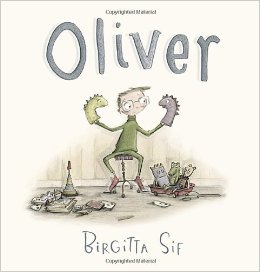
Birgitta Sif is a picture book illustrator originally from Iceland, now living in England. So far she has produced four books. Oliver was first published by Walker Books 2012. A nice touch is that the opening page says ‘This adventure belongs to’, where most books say ‘This book belongs to’, leaving space for the child […]
-
Slinky Malinki by Lynley Dodd Picture Book Analysis
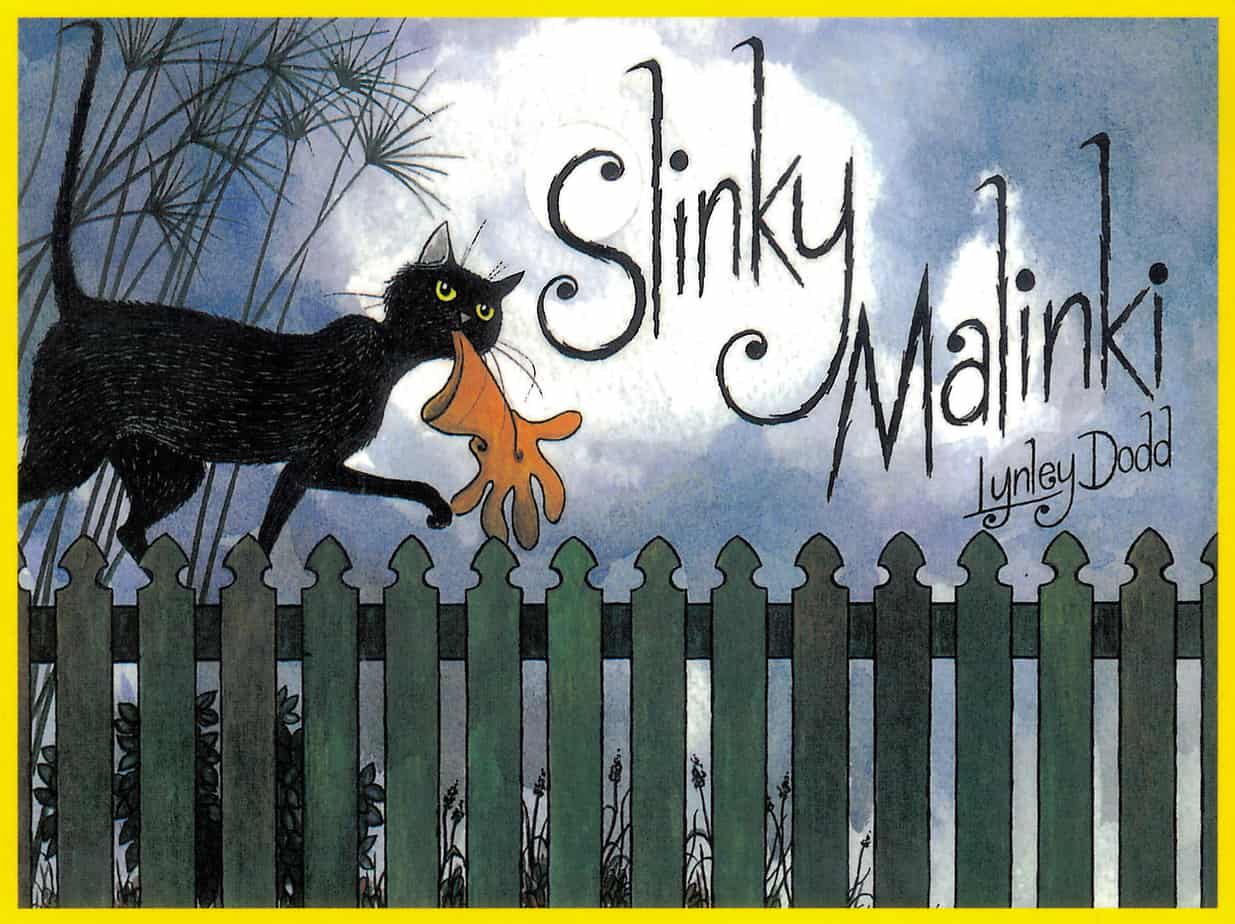
Slinky Malinki is a picture book by New Zealand author illustrator Lynley Dodd. A cat has nine lives. For three he plays, for three he strays, and for the last three he stays. Old proverb A BRIEF HISTORY OF CATS IN CHILDREN’S LITERATURE Sometimes it is difficult not to resent their apparent success, and they […]
-
The Yellow Wallpaper by Charlotte Perkins Gilman Analysis
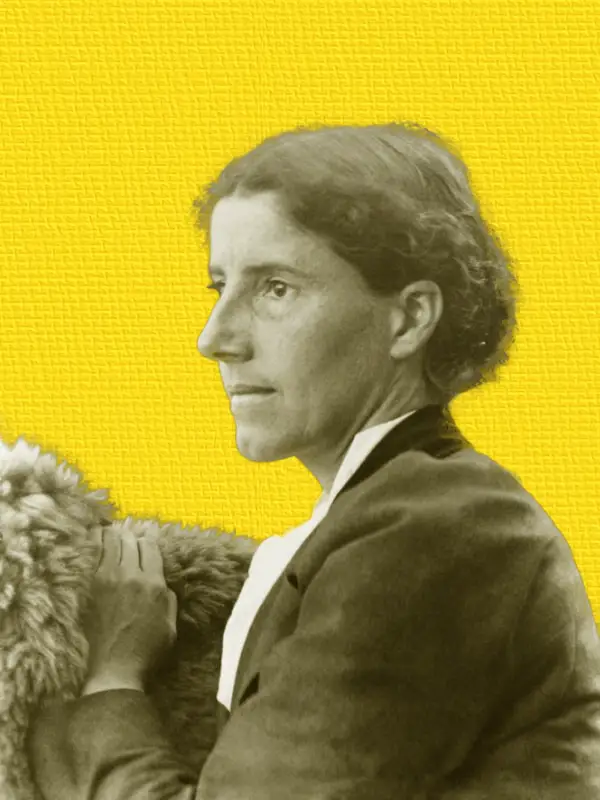
“The Yellow Wallpaper” is a famous psychological horror short story written by Charlotte Perkins Gilman. WHERE TO LISTEN You may be able to unearth the BBC dramatization of this short story somewhere e.g. on YouTube. “The Yellow Broadcast” was broadcast December 1990. Charlotte Perkins Gilman; July 3, 1860 – August 17, 1935) was a prominent […]
-
The Cosy House and Barn
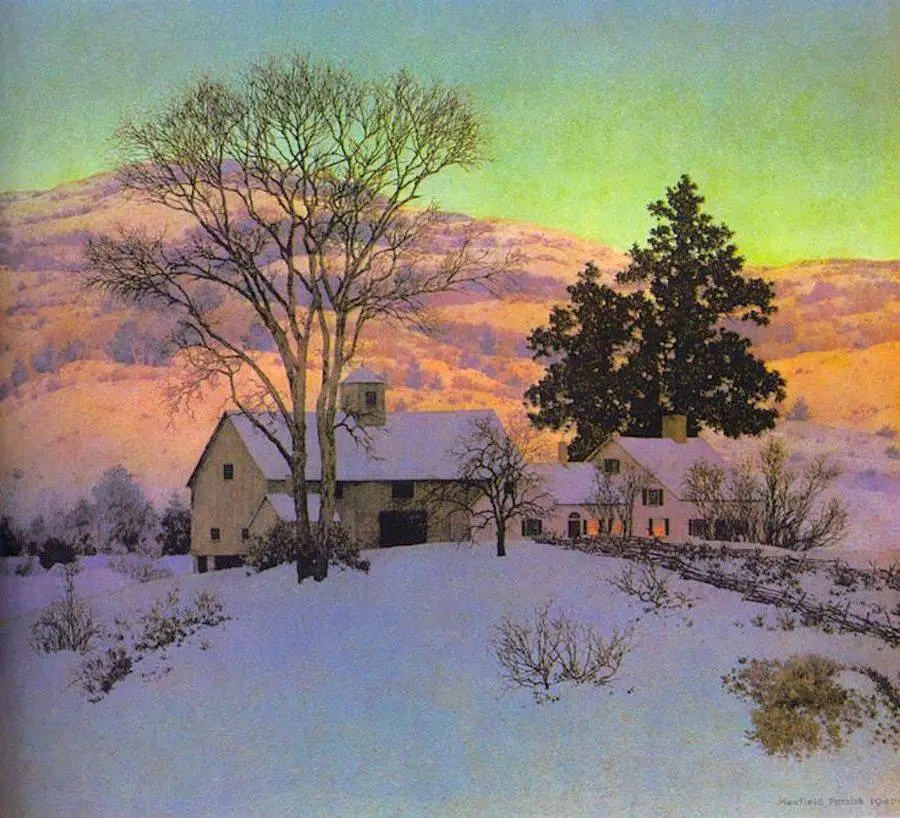
Home is important to all of us and perhaps even more important to young readers. This is why the mythic journey when it occurs in children’s literature is more commonly known as the home-away-home story — unless a child moves house at the beginning of the story they most often explore alone for a while […]
